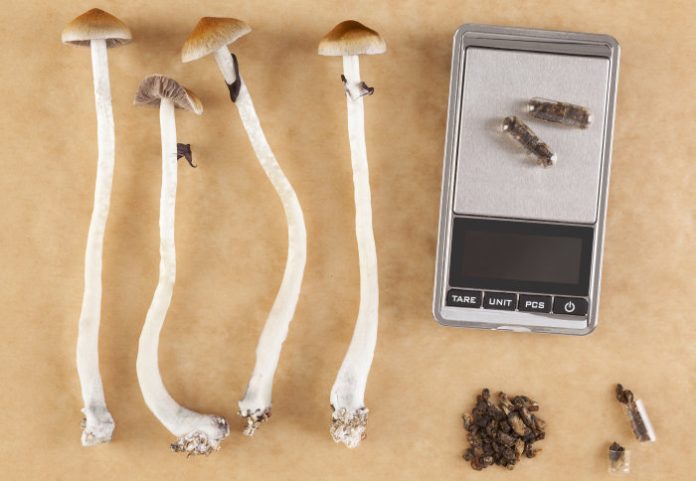Microdosing, a term that has gained popularity in recent years, refers to the practice of consuming minimal amounts of psychedelic substances to achieve subtle effects without inducing a full-blown psychedelic experience. In the realm of magic mushrooms, microdosing has emerged as a fascinating and widely discussed phenomenon, with enthusiasts extolling its potential benefits for mental well-being, creativity, and overall cognitive function. This article delves What is microdosing?, exploring its origins, methods, effects, and the growing interest in this unique approach to psychedelics.
- Understanding Microdosing:a. Origins:
- The concept of microdosing has roots in traditional indigenous practices, where smaller doses of psychedelic substances were used for medicinal and spiritual purposes. In contemporary terms, microdosing gained attention through the efforts of individuals experimenting with the benefits of psychedelics in sub-perceptual doses.
- Microdosing involves ingesting a fraction of a standard psychedelic dose, typically one-tenth or less. The goal is to experience subtle effects that are often below the threshold of full psychedelic experiences, avoiding hallucinations or significant alterations in perception.
- Methods of Microdosing:a. Substances Used:
- Magic mushrooms, specifically those containing psilocybin, are a common choice for microdosing. Other substances, such as LSD or mescaline, are also used in microdosing practices.
- Microdoses are typically in the range of 0.1 to 0.3 grams of dried magic mushrooms, although individual sensitivity varies. The key is to take an amount that produces subtle effects without impairing day-to-day functioning.
- Microdosing is often done on a cyclical schedule, with users taking a microdose every few days or following a specific regimen, such as the Fadiman Protocol (one day on, two days off).
- Potential Benefits of Microdosing:a. Cognitive Enhancement:
- Some users report improved cognitive function, including enhanced creativity, problem-solving abilities, and mental clarity.
- Microdosing is associated with mood improvement, with users reporting elevated mood, reduced anxiety, and an overall sense of well-being.
- Microdosers often describe heightened energy levels, increased focus, and improved productivity during microdosing periods.
- Some individuals explore microdosing for therapeutic reasons, with anecdotal reports suggesting benefits for conditions like depression, PTSD, and cluster headaches. However, scientific research in this area is ongoing.
- Challenges and Risks:a. Individual Variability:
- Responses to microdosing can vary significantly among individuals. Factors such as body weight, metabolism, and personal sensitivity to psychedelics contribute to this variability.
- The legal status of psychedelics varies by region. Microdosing with illegal substances carries legal risks, and individuals should be aware of the legal implications in their jurisdiction.
- Unlike pharmaceutical medications, there is no standardized approach to microdosing. This lack of standardization poses challenges in terms of dosing consistency and reliable outcomes.
- Growing Interest and Cultural Shift:a. Public Perception:
- As cultural attitudes toward psychedelics evolve, microdosing has gained acceptance and interest among a broader audience. Media coverage, personal testimonials, and increasing scientific research contribute to this shifting perception.
- While the scientific understanding of microdosing is still in its early stages, research is expanding. Studies are exploring the potential therapeutic applications and neurobiological mechanisms underlying the effects of microdosing.
- Conclusion:a. Personal Exploration:
- Microdosing remains a personal journey, and individuals interested in exploring its potential benefits should approach it with caution, responsibility, and awareness of their own mental and physical health.
- As interest in microdosing grows, ongoing scientific research will provide valuable insights into its safety, efficacy, and potential applications. Individuals considering microdosing are encouraged to stay informed and updated on the latest research findings.
- Whether driven by curiosity or a desire for personal growth, those engaging in microdosing should prioritize responsible practices, including legal compliance, dosage consistency, and attention to individual reactions.
In conclusion, microdosing magic mushrooms represents a nuanced and evolving exploration of psychedelics, with users seeking to harness the potential benefits of these substances in a controlled and measured manner. As attitudes and research progress, the landscape of microdosing continues to unfold, offering new perspectives on the intricate relationship between psychedelics and the human mind.







